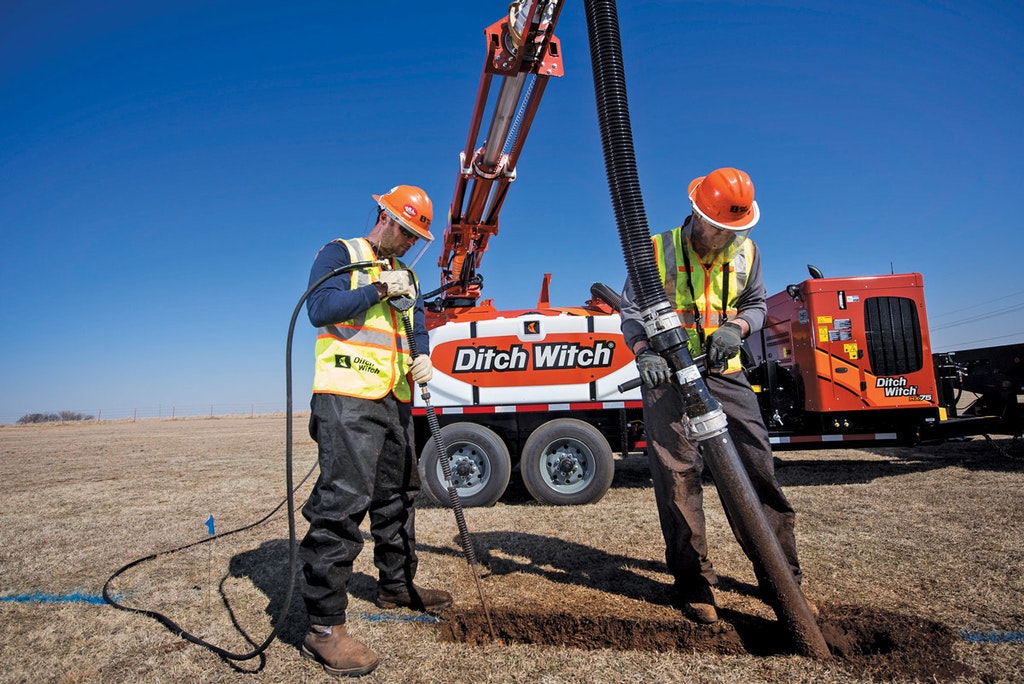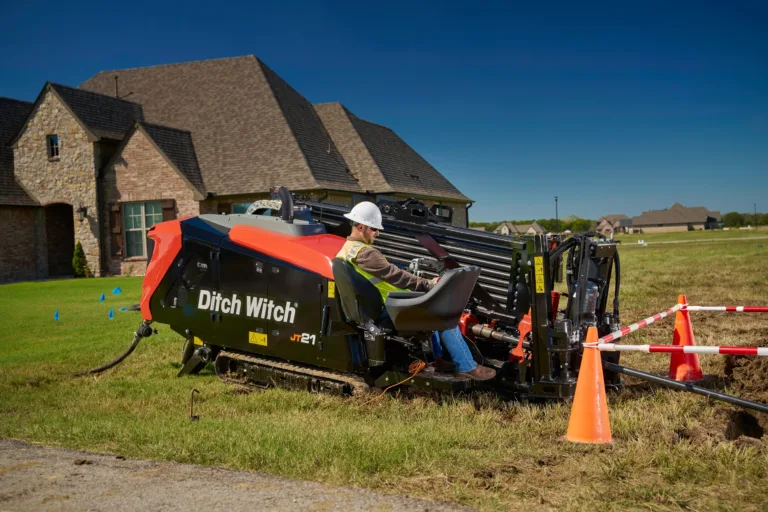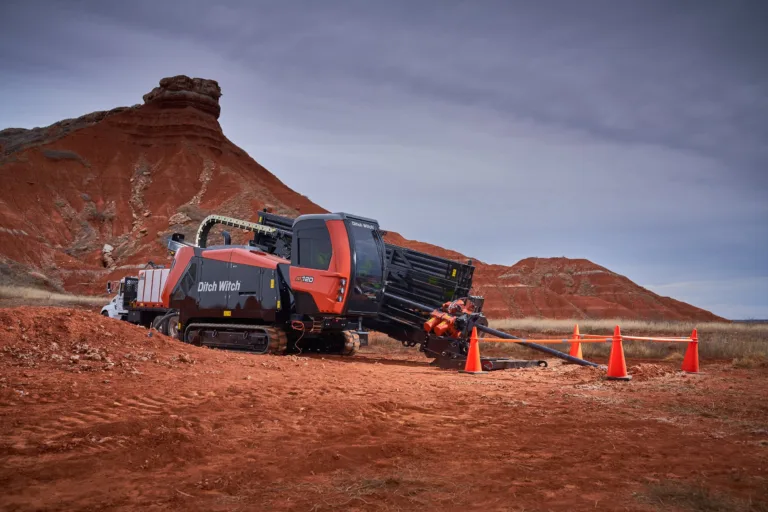By Chris Thompson (Product Manager, Ditch Witch Division)
From Dig Different
Regardless of the application or job site, vacuum excavation operators know they have the versatile tool needed to get the job done. What was once originally popularized by their role in providing support on directional drilling jobs, vacuum excavators are now being used for irrigation installation, landscaping and a variety of green-industry tasks. In short, the popularity of vacuum excavators continues to grow in the underground construction industry.
One reason for this growth is that vacuum excavators are designed to mitigate damage on the job with their versatility, ease-of-use and soft excavation traits. This makes them the ideal machine for the damage-conscientious contractor, especially with today’s job sites being more compact and congested. But even though vacuum excavators are designed for simple, safe excavation, contractors can’t realize the full benefits if they don’t understand how to properly use and maintain their machines.
And with a machine designed to boost operator efficiency, it is no surprise that vacuum excavation best practices are just as simple. In fact, they can be broken down into only three parts: preparation, operation and maintenance.
PREP WORK
As with any underground construction job, preparation is the key to success. And preparation for vacuum excavation begins with identifying the ground conditions of the job site. Some will have soft, loamy topsoil, some will have clay and others may have limestone or rock. Each of these conditions will require a different strategy, so it’s important for operators to understand their ground conditions before beginning work. Determining ground conditions can be a challenge when working in new regions, but local dealerships are great resources for understanding soil conditions around the area.
The next step is to decide between air and hydro excavation, or both. Soil type comes into play here too because air excavation works best in softer soil types, making hydroexcavation the best solution for rock and clay conditions.
Hydroexcavation is typically the traditional choice and is generally the more efficient solution but using air-excavation eliminates the need for liquid spoils disposal. For contractors that are working far away from a spoils disposal site, avoiding disposal requirements can boost productivity. Determining which excavation solution is the best fit for the job will set a contractor up for the most efficient and safe operation.
OPERATING FOR EFFICIENCY
Once you have chosen your machine and have it on the job site, you need to keep it running efficiently and protect it from any unnecessary damage.
Operational best practices begin with the vacuum excavator’s wand. Operators should constantly move the nozzle around within the excavation area and keep the spray nozzle 8 inches from the ground or utility that is being exposed. Holding the nozzle closer than 8 inches or directly applying the excavator to a certain area could cause damage to an existing utility.
It’s also important to never use the nozzle as a shovel or pry bar. Putting the nozzle into the dirt can cause damage to the wand and result in costly downtime. If an operator is struggling to excavate through hard soil or heavy clay, they should use a hot water heater rather than moving the nozzle closer.
Hot water heater packages can help break down soil without applying additional water pressure. However, water temperature should stay below 150 degrees F.
Operators should also be mindful of their water or air pressure. When using a hydroexcavator, operators should always keep water pressure below 3000 psi, whereas an air-excavator should stay below 300 psi. That said, it’s also best practice for operators to consult the utility owner if they are using a vacuum excavator to expose utilities, as they may have their own requirements for using hydro or air excavation. For example, some gas line owners recommend using a maximum of 2,200 psi when exposing their utilities with a hydroexcavator to prevent any damage.
MAINTAINING SUCCESS
One of the biggest selling points of vacuum excavators is that they have minimal maintenance requirements — and the ones they do have are simple. Manufacturers are designing their vacuum excavators to eliminate daily maintenance and grease points, allowing operators to focus on their job site tasks.
The most important daily maintenance task for operators is to always dump and clean the debris tank and empty the fresh water tank at the end of every day. This prevents complications that could limit vacuum excavator productivity.
Another maintenance best practice is to routinely check cyclonic, debris and water filters, as obstructions can reduce the suction power and water pressure of the machine.
WORK CONFIDENTLY
Vacuum excavators are versatile machines that can improve a contractor’s efficiency when used correctly. And the best way for contractors to set themselves up for success is to understand and follow best practices. This will not only keep operators moving quickly but also reduce the likelihood of causing damage to existing utilities or job sites.






